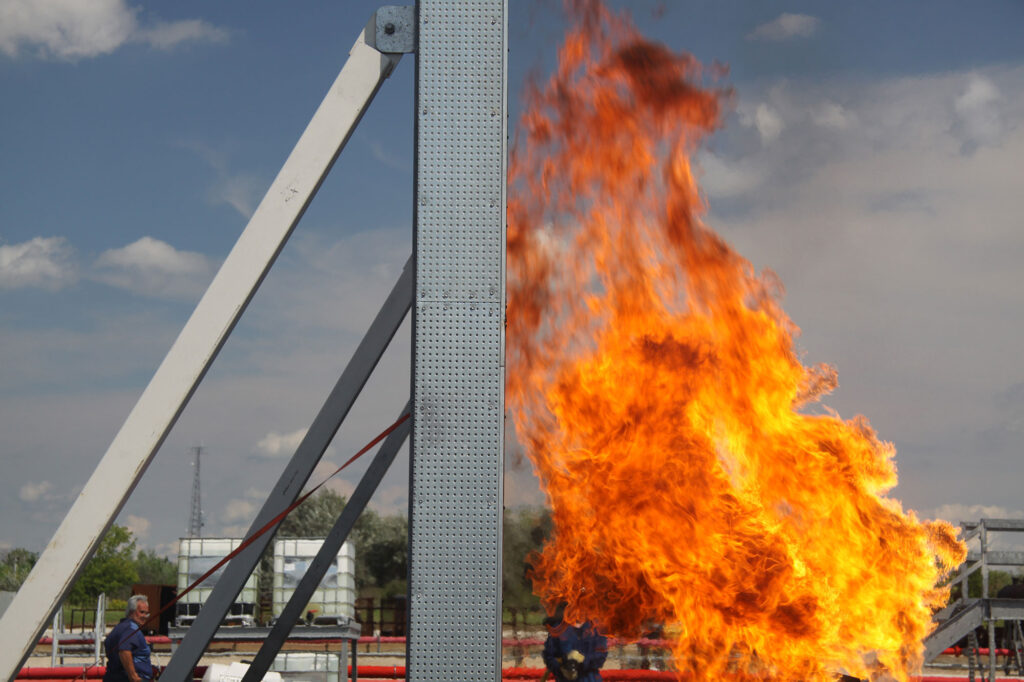
Transformers are the unsung heroes of modern infrastructure, silently converting and transmitting electrical energy to power our homes, industries, and cities. However, ensuring the uninterrupted operation of transformers is of paramount importance, given their critical role in electricity distribution. In this article, we delve into the world of transformer fire barriers, exploring their purpose, components, applications, and technological advancements that safeguard these vital assets. For more information, you can head to the durabarrierusa site to get head to the durabarrierusa site.
Understanding Transformer Fire Barriers
The Significance of Transformers
Transformers are the backbone of power distribution systems, responsible for stepping up or down voltage levels as electricity travels from power plants to end-users. These essential devices are found in substations, industrial facilities, and power grids, ensuring a steady supply of electricity. The consequences of a transformer failure or fire can be catastrophic, leading to power outages, financial losses, and even safety hazards.
Transformer Fire Barriers: Purpose and Components
Transformer fire barriers are specialized safety systems designed to prevent and mitigate the impact of fires involving transformers. Comprising fire-resistant materials, intumescent technology, and careful structural design, these barriers serve as a protective shield. Fire-resistant materials, such as advanced ceramics, are used to construct the barrier, while intumescent coatings expand when exposed to heat, creating a formidable barrier against flames and heat. The structural design is engineered for containment, ensuring that any fire remains isolated within the barrier.
Regulatory Standards and Compliance
To ensure the effectiveness of transformer fire barriers, regulatory standards are in place to govern their design and installation. Organizations like the National Fire Protection Association (NFPA) and international standards like IEC 62271-202 provide guidelines for transformer fire protection. Compliance with these codes is not only essential for safety but also for legal obligations. Non-compliance can result in severe consequences, including potential liability in case of a fire incident.
Applications and Industries
Power Distribution
In power distribution substations, transformer fire barriers play a critical role in safeguarding transformers. These substations are the linchpin of electricity distribution, and any disruption can have far-reaching consequences. Transformer fire barriers are strategically positioned to contain and suppress fires, ensuring that the rest of the substation remains unaffected. Real-world incidents have demonstrated the effectiveness of these barriers in preventing the spread of fires and minimizing damage.
Industrial Facilities
Industrial facilities rely on transformers for various manufacturing processes. These transformers are often located within or near industrial structures, making them vulnerable to fire hazards. Transformer fire barriers are indispensable in industrial settings, where the stakes are high. The consequences of a transformer fire in an industrial facility can result in production halts, financial losses, and even environmental risks.
Renewable Energy Projects
As the world shifts toward renewable energy sources like solar and wind power, transformer fire barriers find application in renewable energy projects. Solar and wind farms rely on transformers to convert and distribute energy. Ensuring uninterrupted power generation is crucial for the efficiency of these projects. Transformer fire barriers play a vital role in safeguarding transformers within these environmentally conscious initiatives.
Advancements in Transformer Fire Barrier Technology
Innovative Materials
The evolution of transformer fire barrier technology has led to the use of advanced materials. Materials like advanced ceramics and intumescent coatings offer superior fire resistance and durability. These materials can withstand extreme conditions, making them ideal for protecting transformers in various environments, including high-temperature zones.
Remote Monitoring and Automation
Transformer fire barriers are increasingly integrating technology into their systems. Remote monitoring systems and sensors are used to detect temperature anomalies and trigger rapid responses in case of fire detection. Automation ensures that actions are taken swiftly to prevent fire escalation. This technology not only enhances fire protection but also reduces the response time, potentially preventing severe damage.
Customised Solutions
Recognizing that transformers come in various sizes and types, manufacturers of transformer fire barriers offer customized solutions. These personalized barriers are tailored to the specific needs of transformers, ensuring a snug fit and optimal protection. Customization enhances the efficiency of transformer fire barriers and maximizes their effectiveness in different settings.
Conclusion
In conclusion, transformer fire barriers are an essential component of critical infrastructure protection. They are the unsung heroes that quietly guard the devices responsible for powering our modern world. Compliance with regulatory standards, the use of advanced materials, and the integration of technology ensure that these barriers continue to evolve and provide robust protection. As transformers remain the backbone of electricity distribution, transformer fire barriers play a pivotal role in safeguarding vital infrastructure, preventing disruptions, and ensuring the resilience of our power systems.
